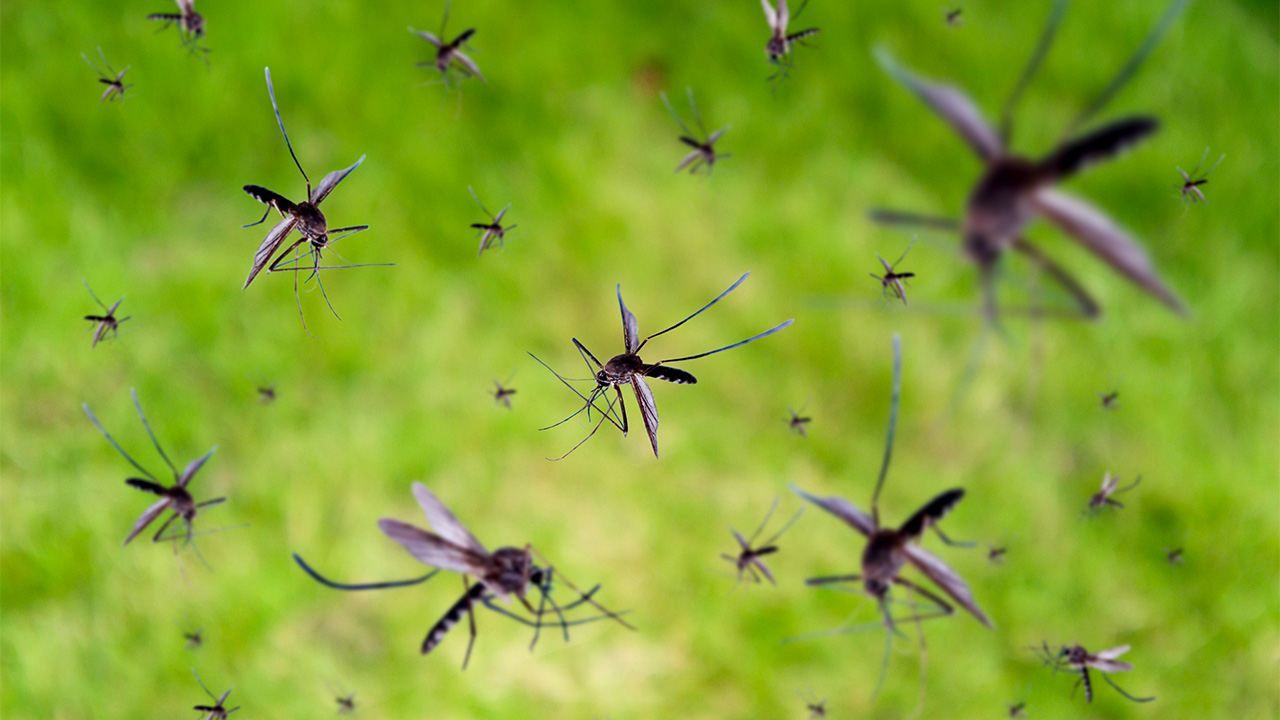
A Journey Through Japanese Haiku
Mosquito Season
Culture Environment Lifestyle- English
- 日本語
- 简体字
- 繁體字
- Français
- Español
- العربية
- Русский
蚊柱は大鋸屑さそふゆうべ哉 宗因
Kabashira wa / ogakuzu sasou / yūbe kana
A mosquito column
inviting sawdust—
evening time(Poem by Sōin, perhaps written in 1673.)
Flies, mosquitoes, and other insects disdained by people make for wonderful seasonal topics for haiku. In this poem by Sōin (1605–82), mosquitoes swarm in a midair column; the kabashira, or “mosquito column,” is a summer kigo (seasonal word) and a phenomenon that can be seen under the eaves of houses, by the side of paths, or near water in the relative cool of the evening. But read simply, it is difficult to know what the poem is saying.
Mosquitoes hate smoke, so at the time of writing it was common to burn sawdust to drive them away, but Sōin reverses the usual way of thinking by having the insects call for this treatment. What is more, he complexifies matters by making no direct mention of smoke or burning. This nuke technique of leaving information out makes for an enigmatic haiku that is like a puzzle.
Sōin took the literary world by storm through his free incorporation of customs of the day into his poetry. He created a revolution with his fresh, complex style, in stark contrast to the well-mannered, moderate poems that came before. This prompted debates among other writers, and he was also a major influence on Bashō.
(Originally published in Japanese. Banner photo © Pixta.)

